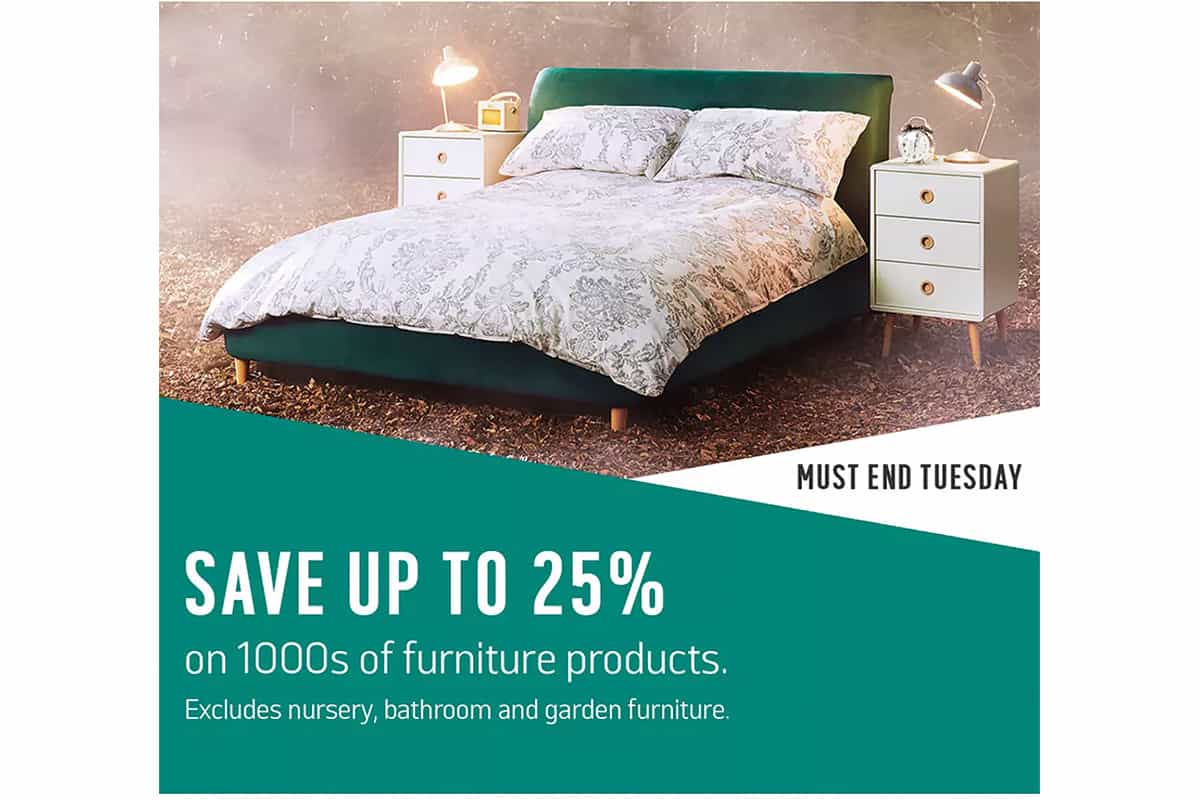More than half of leading retailers now offer mobile apps and effective mobile websites, but the availability of cross-channel services such as collection and returns is falling.
As more shoppers buy from their smartphones, how are retailers developing their Mobile & Cross-channel services? RetailX researchers considered how leading retailers are using mobile to sell to European markets – via apps and mobile websites – and what cross-channel services they offer. They looked at whether retailers offer services such as in-store collection of online orders.
Which retailers have a mobile app?
Just over half (53%) of Top500 retailers have an iOS app. Those most likely to offer one include those selling groceries (82%), music, film and TV products (81%), appliances (80%) and software (79%). 55% of those selling fashion clothing do, along with 53% of those selling fashion accessories and 51% selling fashion footwear. Fewer brands (43%) have apps than the RXEU Top500 average.
What features do mobile websites have?
Retailers are making it easier for customers to use smartphones to shop. In 2019, 54% of retailers enabled shoppers in at least one EEA country to find stores via a mobile website finder. That was up by 7pp on 2018, among the 498 retailers measured in both periods. There was a large variation by market in 2018, with only 8% offering the feature in Bulgaria, against 67% in the UK. This narrowed in 2019, with 24% offering it in Bulgaria, (+16pp), 27% in Croatia (+19pp) and 63% (-4pp) in the UK.
Store stock checkers have become more widely available, offered by 34% of retailers selling in the EEA in 2019, up from 20% in 2018. In Poland, 28% of retailers now offer customers stock availability options, up from 8% in 2018. There has also been a swift uptake in Czechia (40%, +17pp) and Romania (40%, +16pp), while those selling to Croatia have also adopted it (18%, +9pp). In Lithuania, uptake of the feature has stayed stable at 43% (+1pp).
In-store collection of an online order?
Fewer retailers selling to the EEA offer click and collect services in 2019 than in 2018. Last year, 63% of the Top500 offered the service, but that’s fallen to 50% among traders researched in both periods.
Click and collect fell across all markets, notably in Germany, from 56% of retailers in 2018 to 41% in 2019 (-15pp). Similarly, in the Netherlands, it declined by 14pp from 63% to 49%, and Ireland (-13pp from 43% to 30%). Bulgaria (-1pp, 25% to 24%) Slovenia (-2pp, 16% to 14%) and Hungary (-2pp, 38% to 36%) saw the smallest declines.
Of the Top500 retailers offering click and collect in 2019, more than half (58%) offer it for free.
That rises to 75% in Ireland – where the remaining 24% charge an average of €5.97 for collection, the fifth most expensive average collection cost. Perhaps retailers here have decided that it’s not currently economic for them to offer the service, or maybe they are seeing relatively low levels of demand.
Of Spanish retailers, 68% offer the service for free, with those that don’t charging an average €4.58. No retailers in Malta, Slovenia or Iceland offer it free, with the average collection costs being, respectively, €4.11, €3.67 and €3.64.
Next-day click and collect is less widely available, declining from 25% in 2018 to 19% (-6pp) in 2019. The greatest falls are in the UK to 21% (-7pp, 242 retailers measured in both periods), Spain (-6pp to 15%, 51 retailers) and Czechia (-6pp to 12%, 110 retailers). Uptake remains steady in Bulgaria, Greece, Latvia, Lithuania and Romania.
Same-day collection is enabled in 2019 by 10% (-2pp) of traders, with those selling trade tools, equipment and DIY (19%), garden products (25%) and utilities (34%) most likely to do so. Least are those selling jewellery (5%), fashion clothing (6%) and software (7%).
The appetite for enabling shoppers to reserve online then collect and pay in-store has declined, with 9% of retailers offering it in 2019, down from 10% in 2018. Use declined sharply in Lithuania (6%, -10pp), Latvia (11%, -10pp) and slower in Croatia (3%, -6pp) and Finland (7%, -6pp).
How can shoppers return unwanted items?
The proportion of retailers enabling customers to return items ordered online to their stores or by post has fallen over the last year, while figures for services such as prepaid returns, and return to a third-party store remain similar.
Those offering returns by post to customers across the EEA countries fell by 9pp from 83% in 2018 to 74% in 2019, among 483 retailers measured in both periods. The sharpest falls were Finland (-18pp, 91% to 73%, 39 retailers)and Ireland (-16pp, 83% to 67%, 55 retailers).
The ability to return an item ordered online to the store also fell significantly, by 10pp from 61% to 51% of 483 EEA retailers. The rate fell in all areas of the EEA, but most markedly in Lithuania (-17pp, from 75% to 58%, 17 retailers) followed by Slovenia (-11pp, 58% to 47%, 17 retailers) and Italy (-11pp, 50% to 39%, 117 retailers).
The deployment of relatively generous promises, including prepaid returns, returns to third-party stores and returns via couriers has changed little. Slightly more EEA retailers (+2pp, 27% to 29%, 483 retailers) offer prepaid returns, with faster uptake in Bulgaria (+14pp, 21% to 35%, 27 retailers) and the UK (+9pp, 22% to 31%, 250 retailers).
Returns to third-party stores have also stayed broadly unchanged, falling by 1pp from 21% to 20% of 483 retailers. The level of change has been greater in Austria (+9pp, 8% to 17%, 82 retailers), Poland (+9 pp, 7% to 16%, 91 retailers), France (+7pp, 17% to 24%, 182 retailers), and broadly similar in Hungary (-2pp, 6% to 4%, 41 retailers), and Slovakia (-1pp, 9% to 8%, 36 retailers).
Pick-up from the house has also stayed steady (+1pp 16% to 17%, 483 retailers). Markets with the greatest take-up of the service over the last year include Estonia (+8 pp, 19% to 27%,17 retailers) and Slovakia (+8 pp, 14% to 22%, 37 retailers), and Czechia (+6pp, 16% to 22%, 60 retailers).
Case Studies:
Rue du Commerce
French electricals retailer Rue du Commerce offers a choice of six options for shoppers, including delivery or in-store collection. Shoppers can collect from third-party pick-up points operated by Chronopost as quickly as the next day, while they can also call in to branches of Carrefour supermarkets to pick up their item within two to three days of ordering.
Delivery can be as fast as next day. Thousands of products are available on fast and free delivery for those signing up to its Expressillimité subscription.
Argos
The British general merchandise retailer Argos offers smartphone shoppers a full service via their mobile phones. From the retailer’s mobile app or via its website, shoppers can find their local stores, reserve online for pick-up, or buy online for same-day delivery or same-day collection.
Shoppers can collect their orders from a branch of Argos or from its sister supermarket, Sainsbury’s. The retailer also has small digital stores within many branches of Sainsbury’s, where shoppers can place an order or pick up items they previously ordered online. The partnership with Sainsbury’s has increased the reach of Argos.







